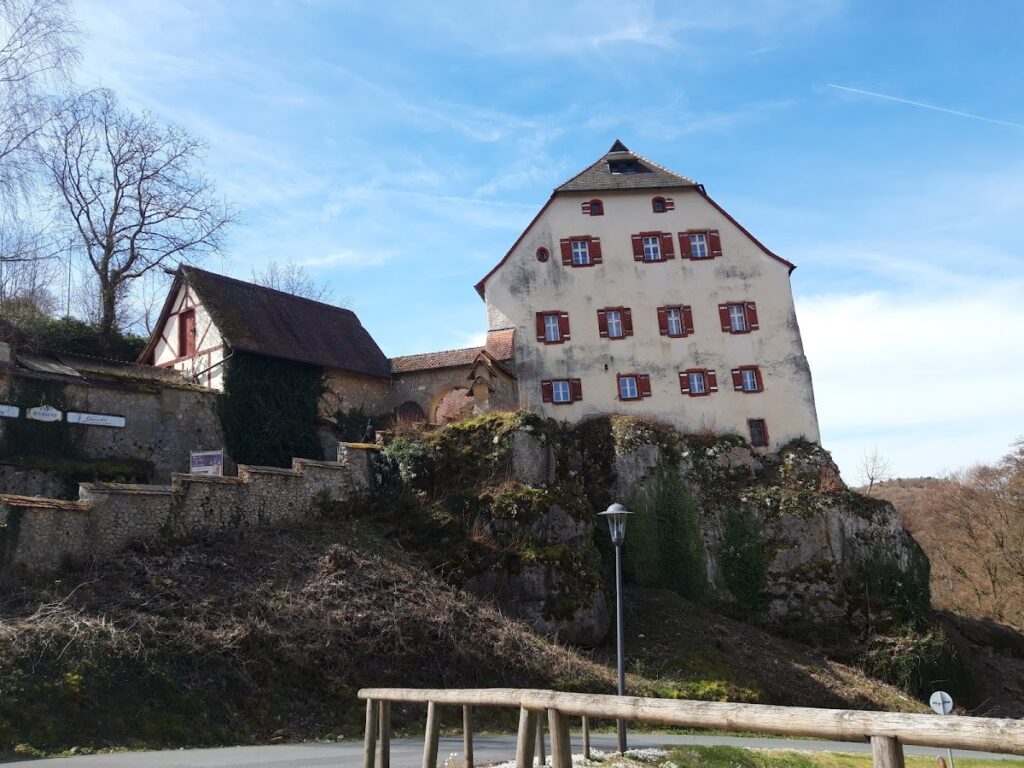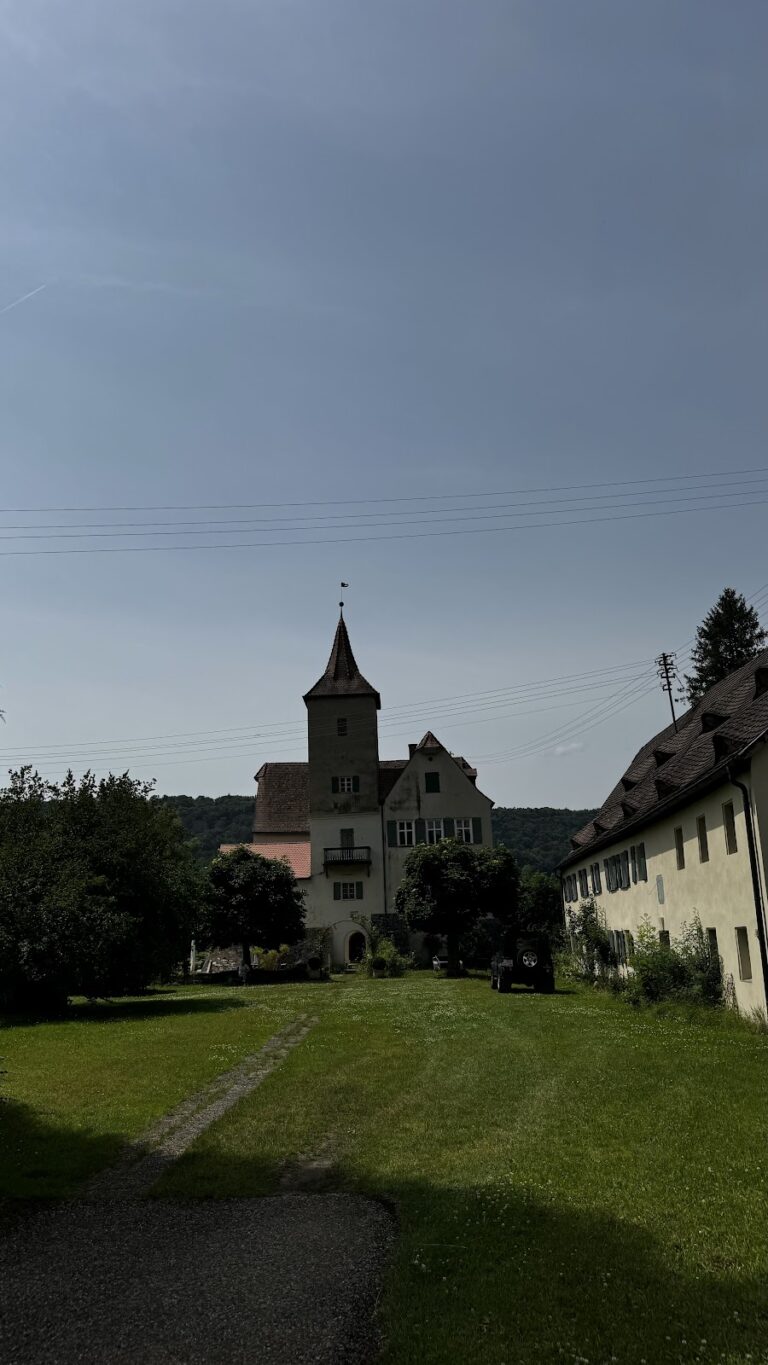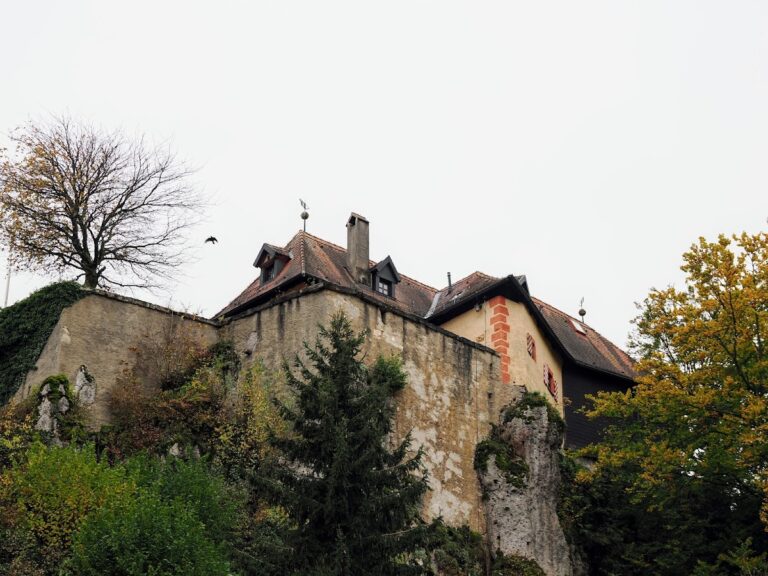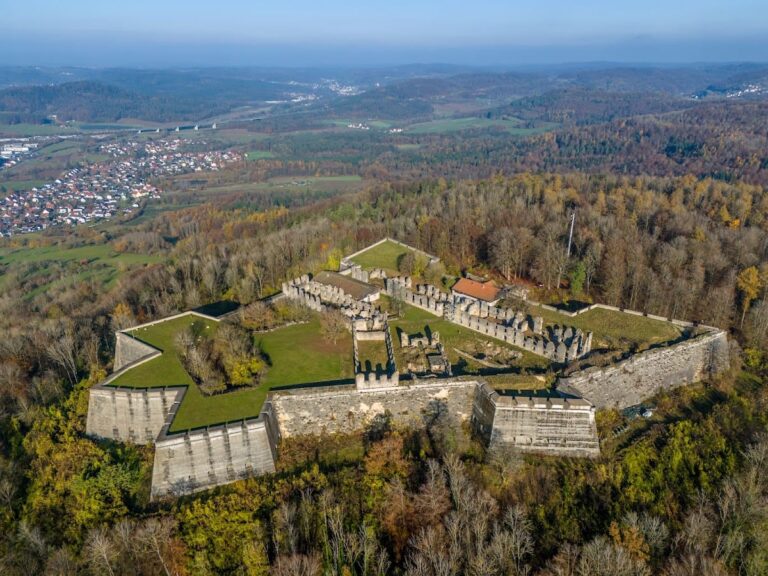Burg Hartenstein: A Medieval Hill Castle in Germany
Visitor Information
Google Rating: 4.5
Popularity: Low
Google Maps: View on Google Maps
Official Website: www.burg-hartenstein.com
Country: Germany
Civilization: Unclassified
Remains: Military
History
Burg Hartenstein is a medieval hill castle situated near the small town of Hartenstein in what is now Germany. It was built by local noble families during the era of the Holy Roman Empire, with its origins traceable to the early 13th century.
The castle’s earliest confirmed mention dates back to 1268, when it was held by a knight named Rupert of Hartenstein. Contrary to earlier beliefs that placed the castle’s foundation or mention in the 10th or early 11th century, these claims have been disproven through careful reexamination of the sources. In 1268, Rupert and his brothers made a religious donation to the Engelthal monastery in memory of their father, indicating their status and regional connections at that time. The ownership remained with the Neidstein family until the early 14th century.
Following the death of Heinrich von Hartenstein, the castle passed to a related noble lineage, the Schenk von Reicheneck family, around 1324 or 1325. This period saw military conflict, as Nuremberg troops attempted to capture the castle but were repelled. Soon after, King Ludwig the Bavarian—ruler of the Empire—took possession, transferring it in 1329 to the Palatinate branch of the Wittelsbach family through the Treaty of Pavia. This change placed the castle under the control of a prominent dynasty within the Empire.
Significant building activity resumed after 1503 under the leadership of Ludwig von Eyb the Younger, the Palatine bailiff who administered the region. He oversaw enlargements and renovations, possibly linked to his authorship of a notable hunting poem, reflecting his standing and interests. Further defensive enhancements were made in the late 17th century, though these outer fortifications were later destroyed following the castle’s capture during the War of the Spanish Succession in 1703, when French and allied forces were active in the region.
The castle entered the hands of the Haunhorst family in the 20th century, remaining in private ownership until 2001. Early in that century, Dr. Hans Anna Haunhorst acquired and worked to restore the castle. In the early 2000s, the local municipality purchased the site and undertook efforts to preserve and open the castle, including founding organizations dedicated to maintaining its historical and cultural legacy. The castle also became home to a permanent exhibit celebrating the history of Franconian knighthood.
Today, Burg Hartenstein is recognized as an important protected monument by Bavarian heritage authorities, acknowledging both its architectural and archaeological significance.
Remains
Burg Hartenstein stands as the remnants of a hilltop fortress, constructed on elevated terrain near the village of Hartenstein. The castle’s ruins prominently feature large ashlar blocks—carefully cut stone masonry—showcasing medieval building techniques. These blocks display clamp holes, which are small indentations left by metal clamps once used to hold stones in place during construction.
The main building of the castle underwent a substantial expansion after 1503, attributed to Ludwig von Eyb the Younger. This enlargement likely included an extension of living quarters and administrative spaces, reflected today by the surviving upper floors that house exhibitions on the local history of knighthood. The ground floor was adapted to include a large hall intended for public functions such as dining and lectures.
During the late 1600s, additional outer defensive walls and structures were erected to strengthen Burg Hartenstein’s fortifications. However, these outer works were demolished following the castle’s military capture in 1703 during the War of the Spanish Succession, significantly altering the castle’s defensive profile.
Within the castle’s garden area lies the Haunhorst family burial vault, a place used for interments well into the modern era, with the most recent burial performed in 2013. This vault illustrates the site’s continued connection to the local families who owned the castle during the 20th and early 21st centuries.
Today’s preservation efforts have focused on maintaining the surviving stone structures and archaeological remains, ensuring the castle’s layered history remains visible. Photographic documentation supplements the site’s protective status to monitor its condition and inform conservation. Burg Hartenstein remains a tangible link to the medieval period in Franconia, showcasing features typical of a fortified noble residence.










